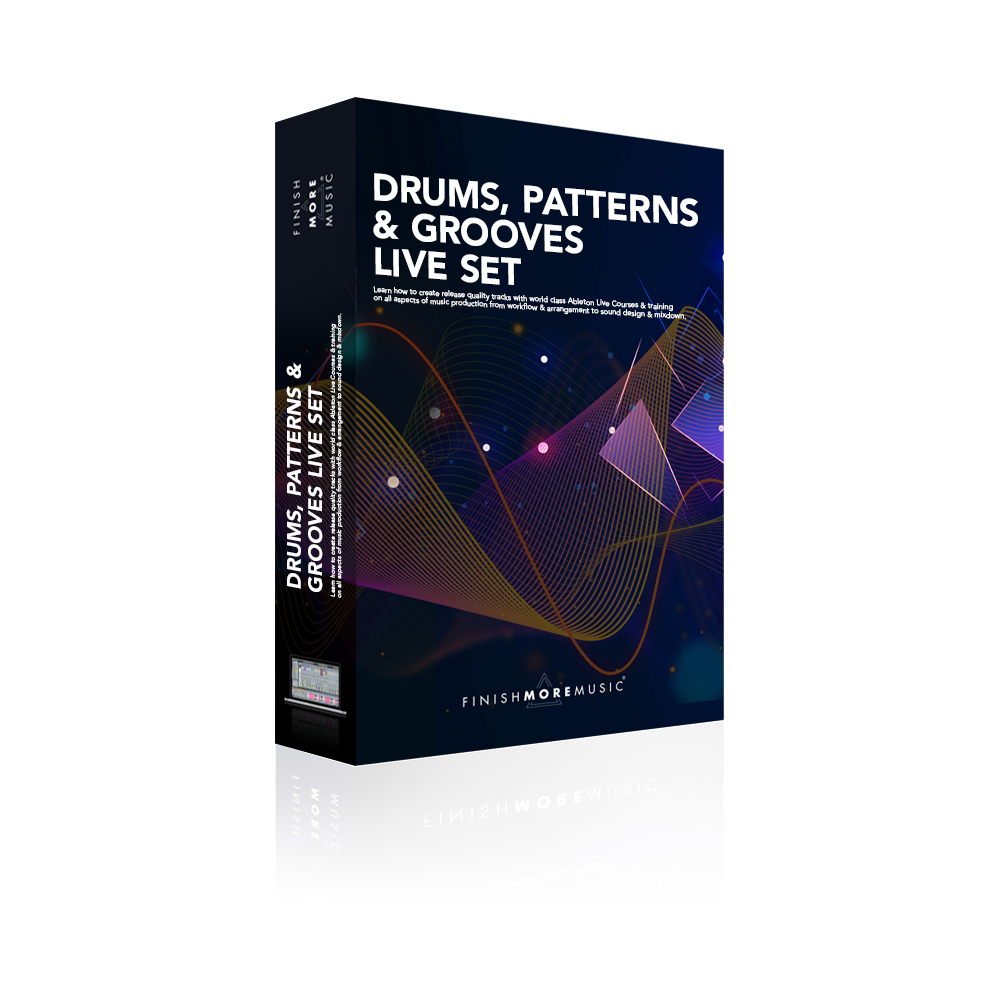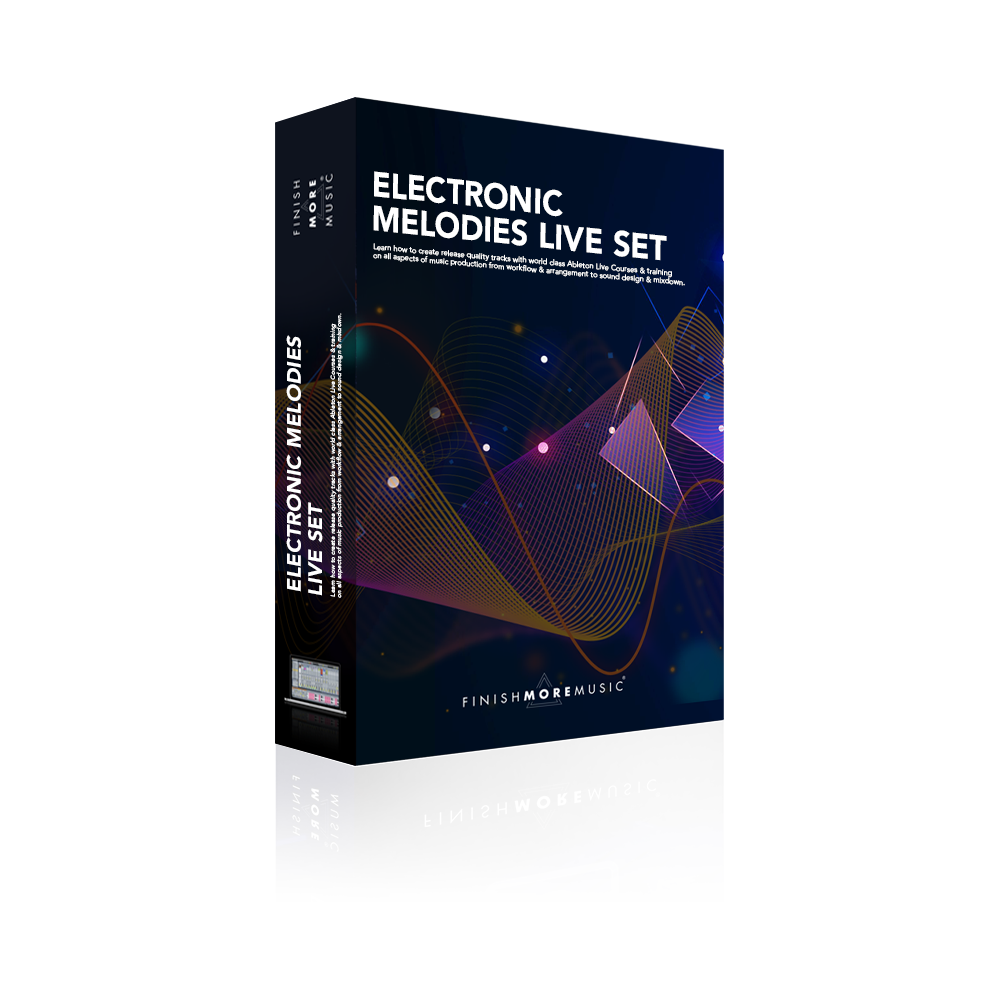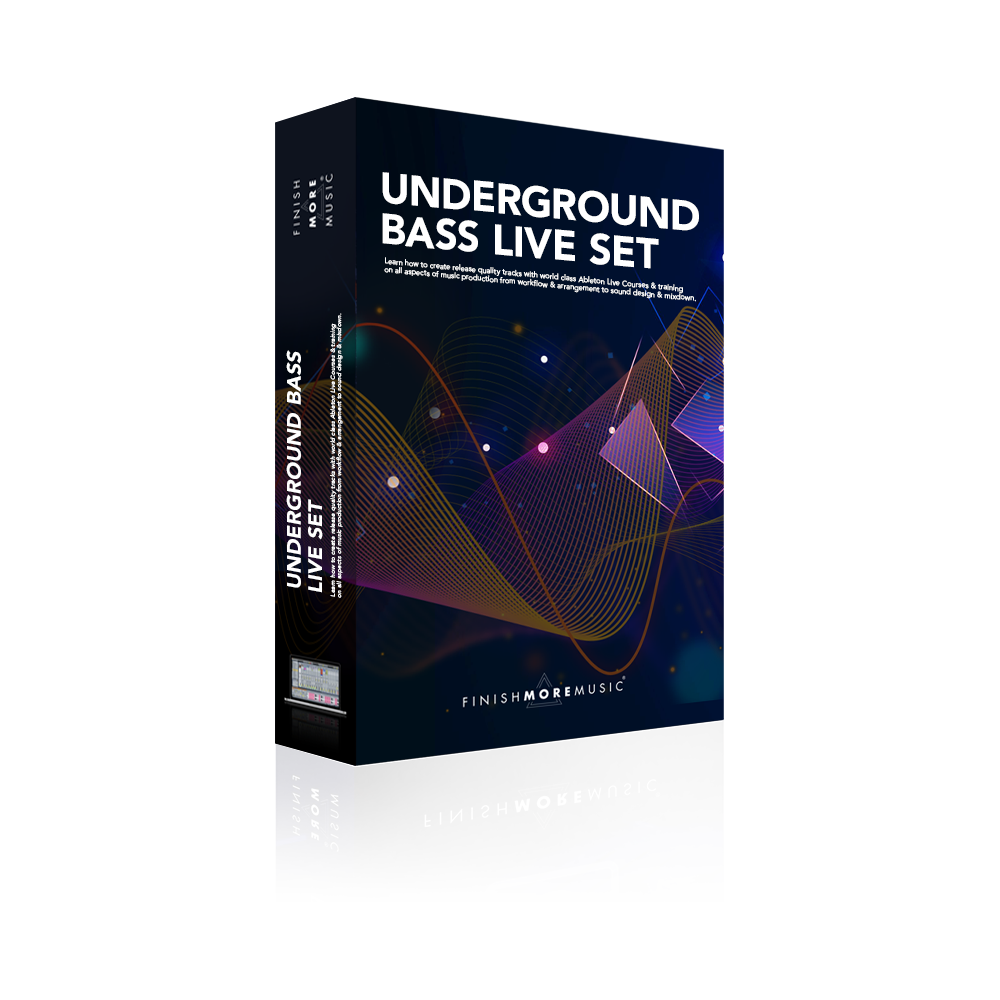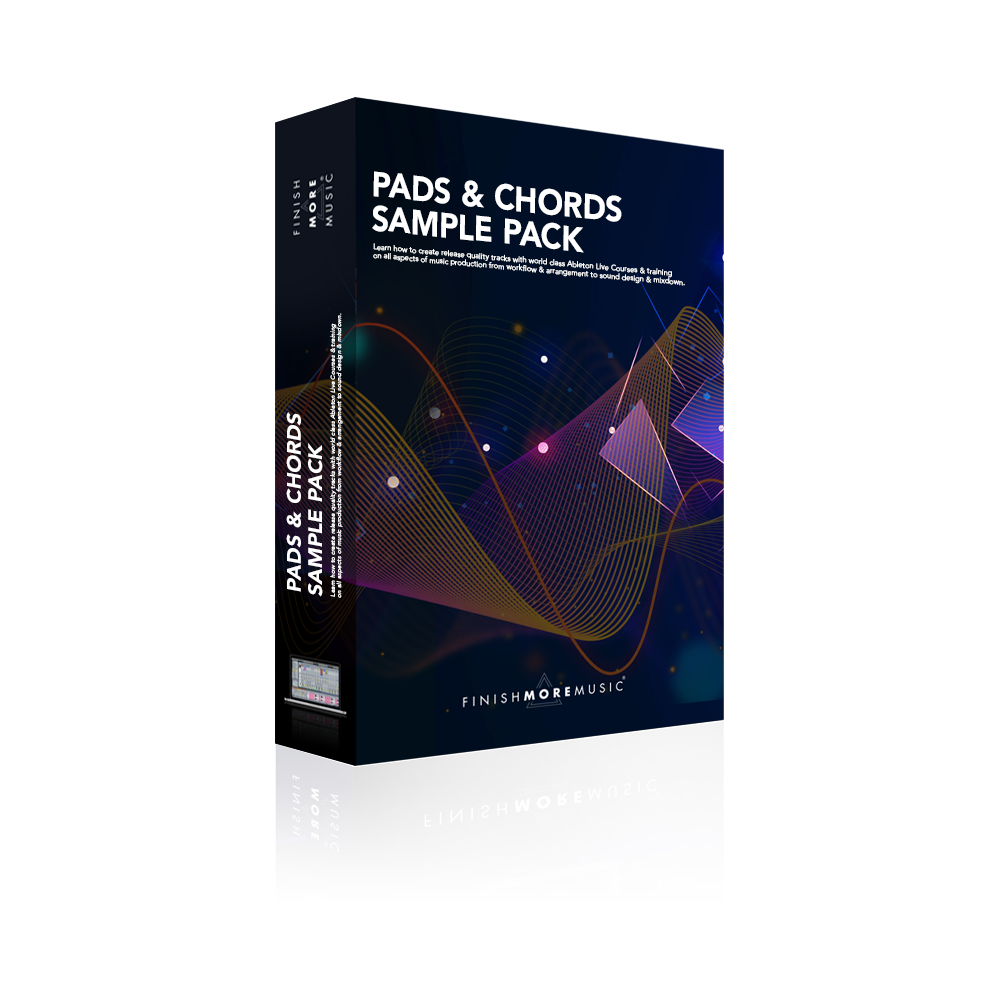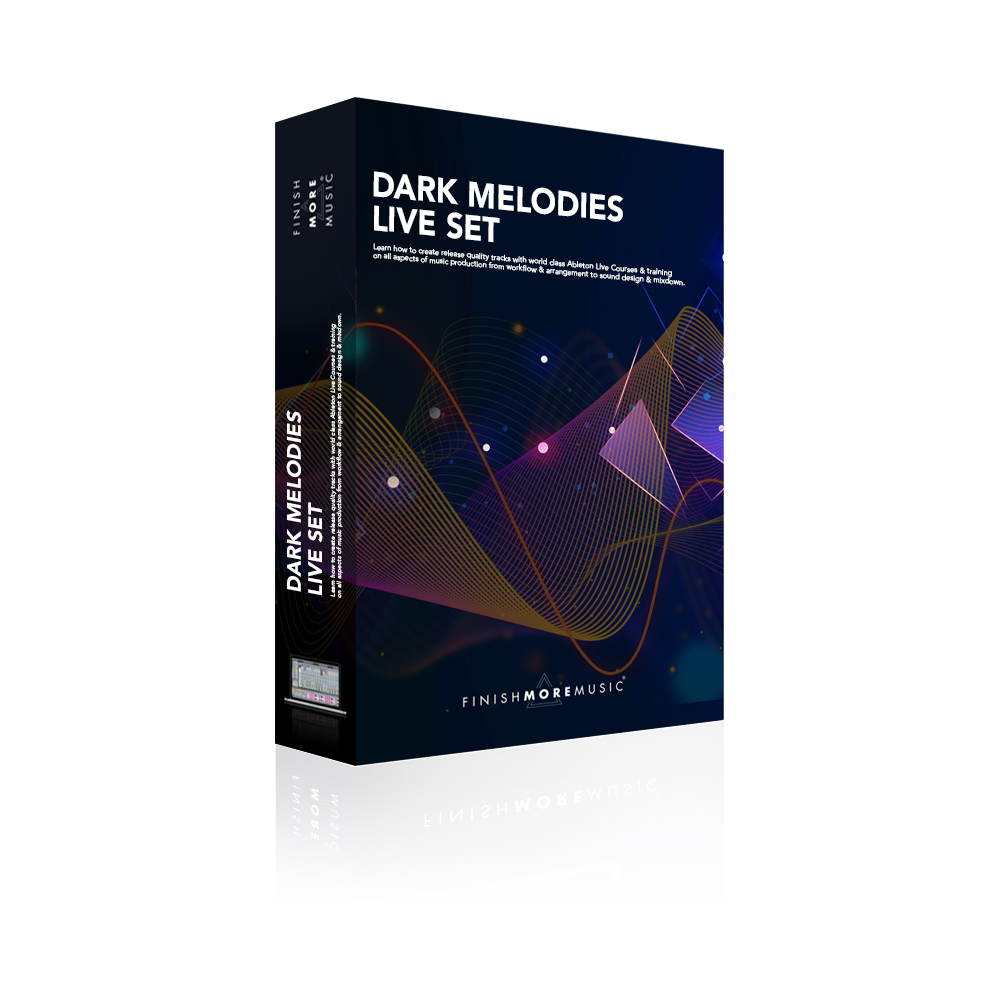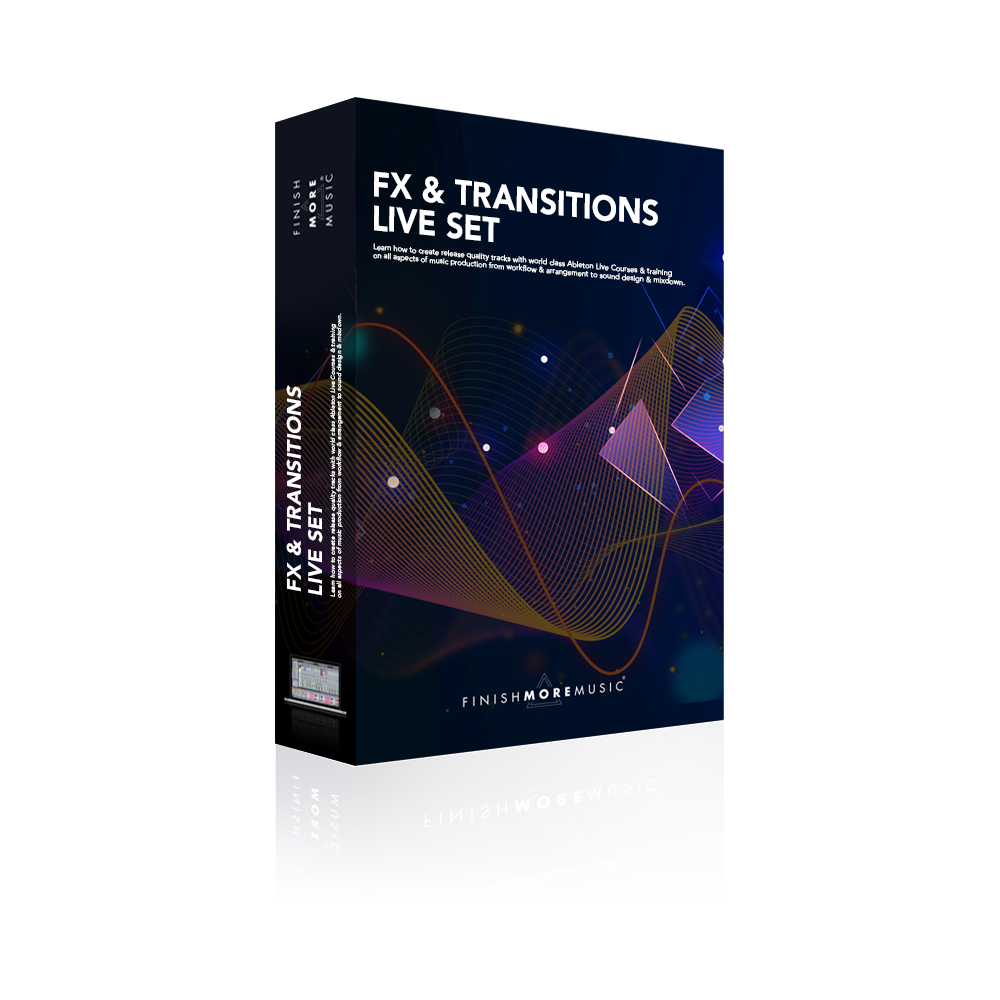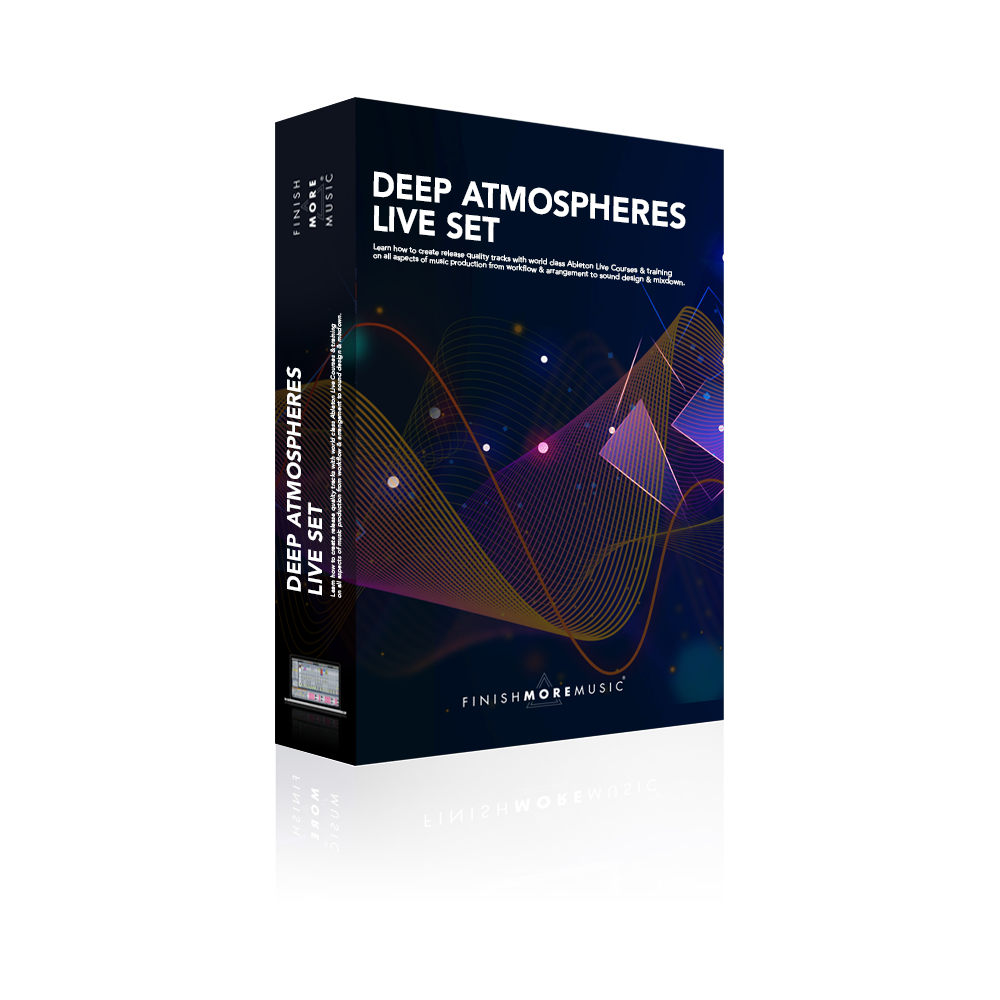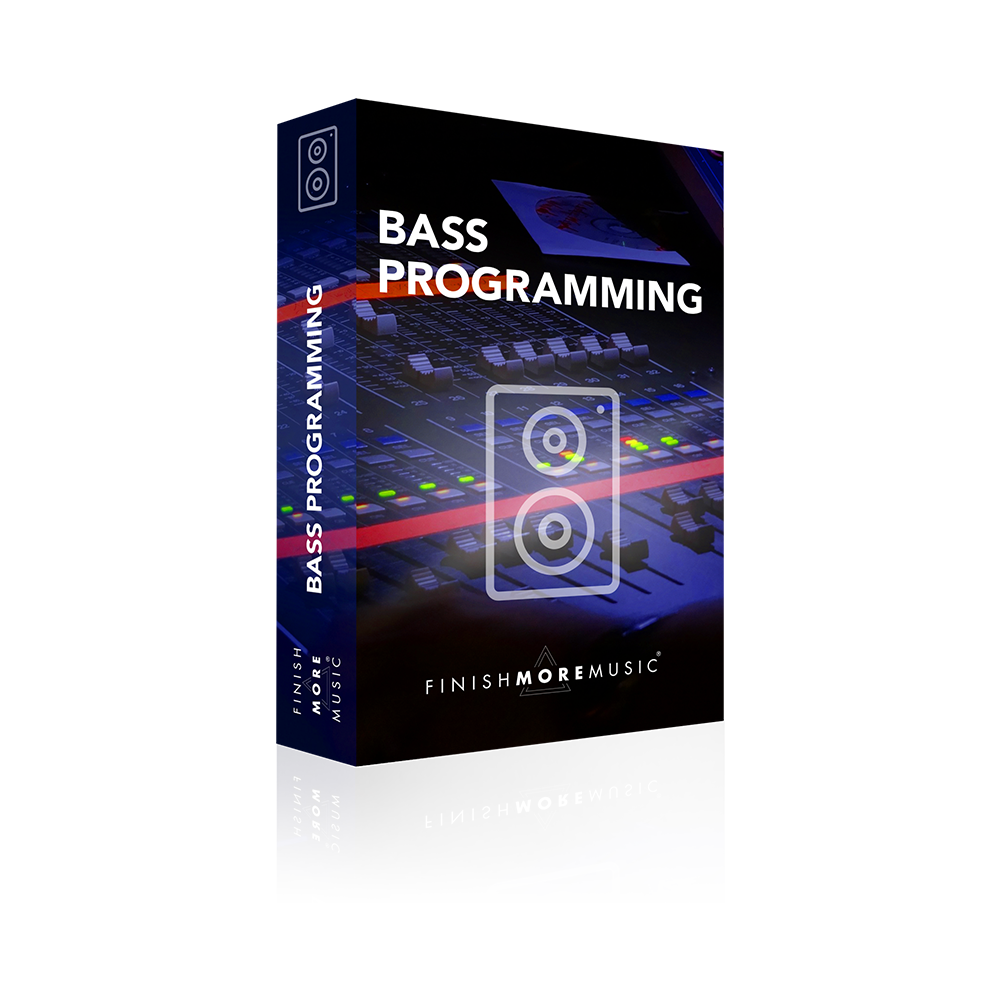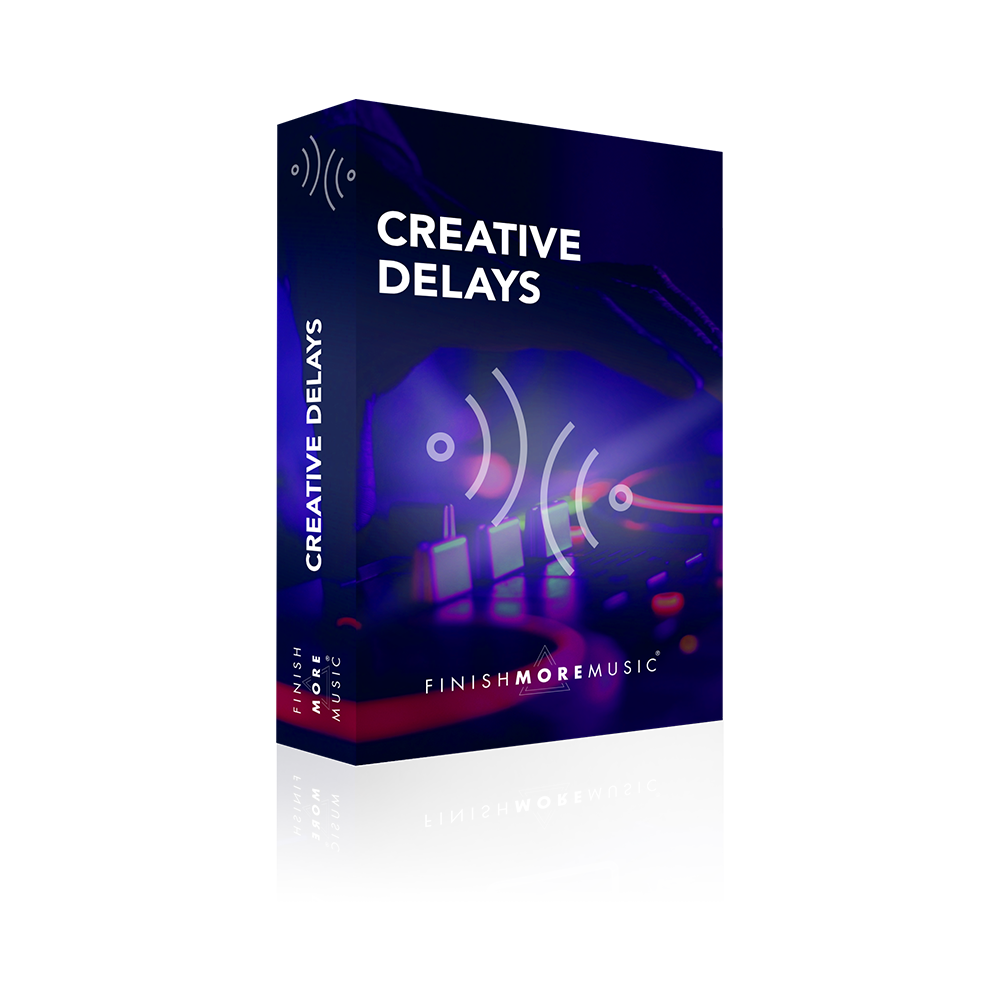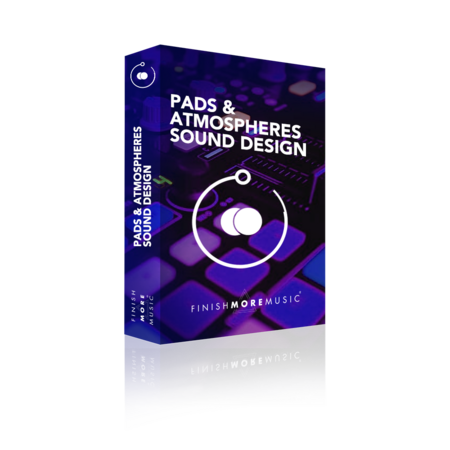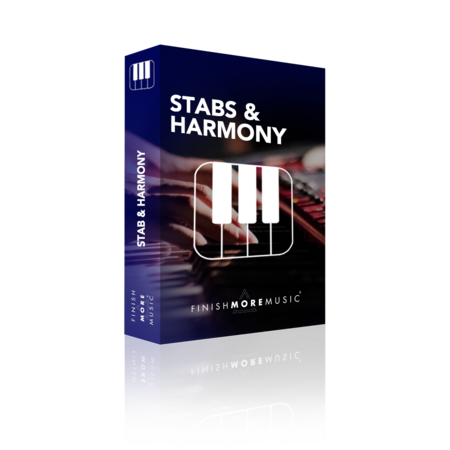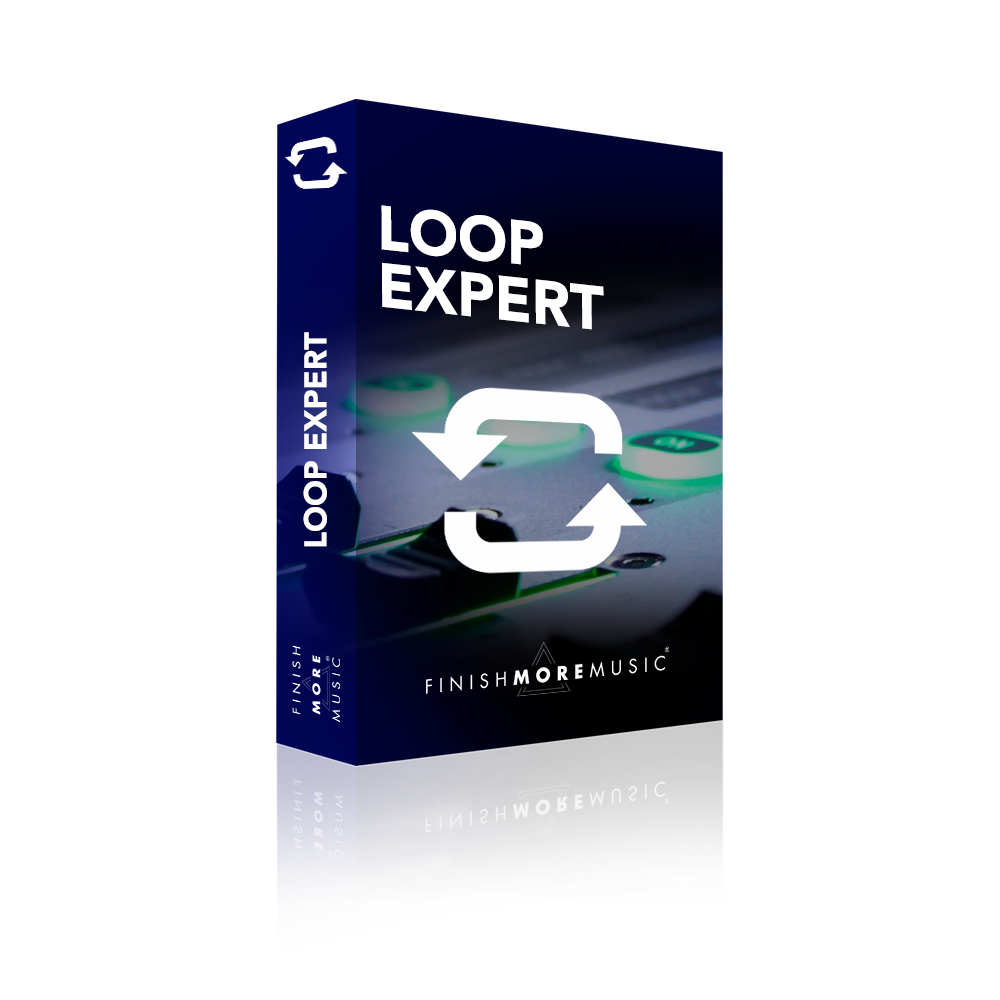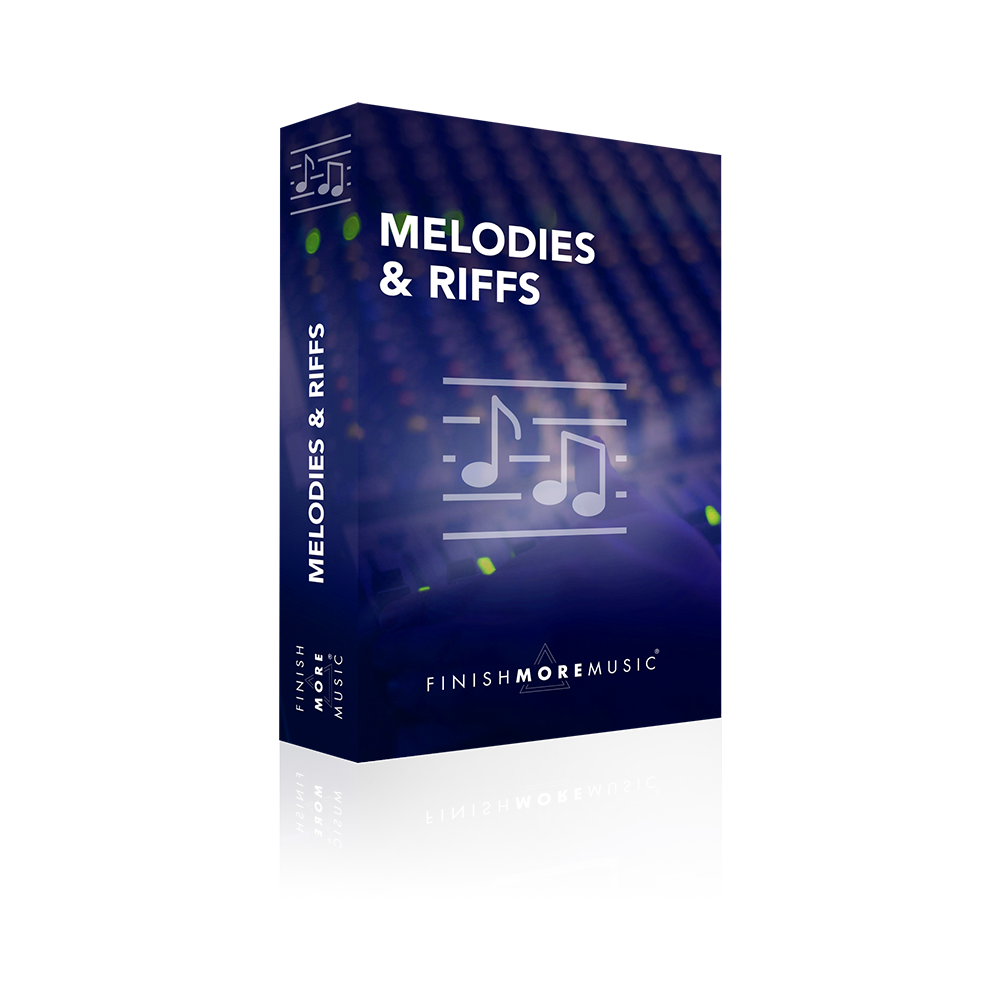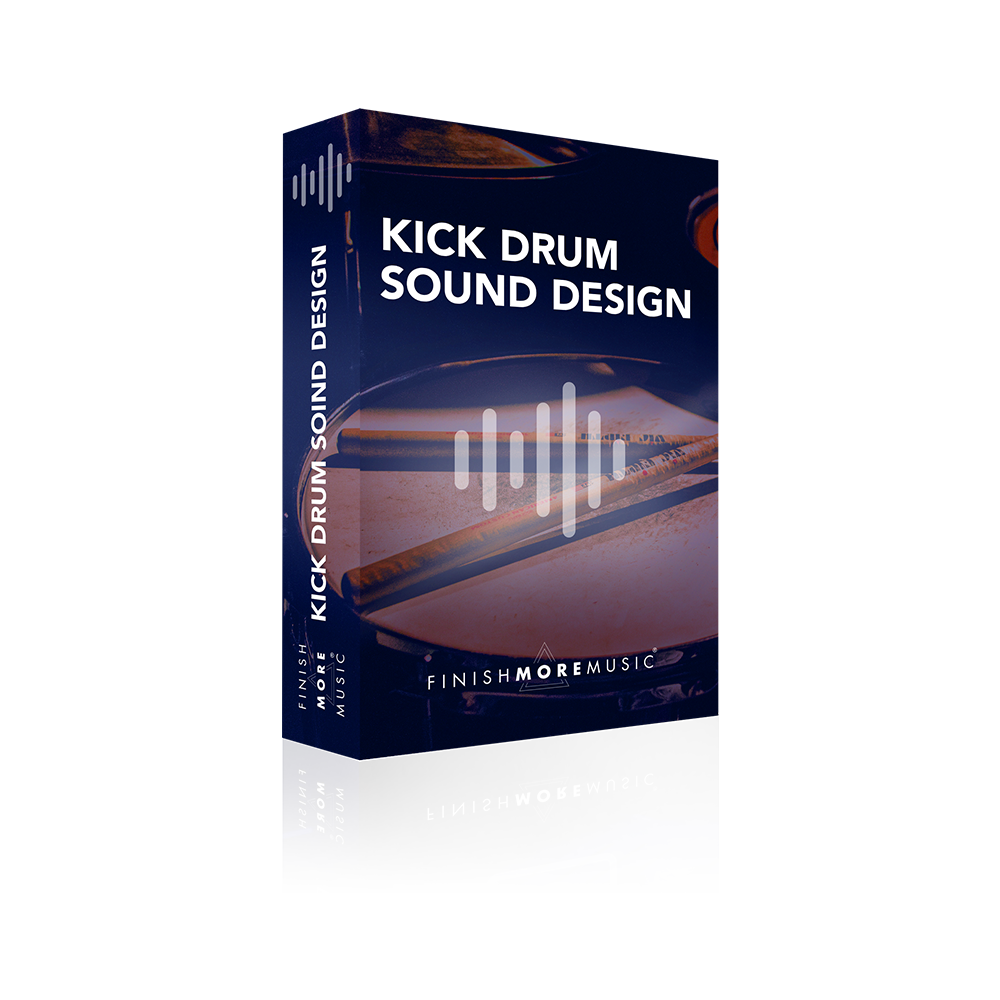Creating interesting melodies and riffs are often a huge challenge for most producers. Even when you do write a decent riff, it’s common for it to sound too happy or cheesy for your track and ruin the overall vibe you’re going for. It’s a familiar story, but as with most things in life… It’s often the simple things that make the difference. So in this short tutorial I’ve put together my top 5 tips to make a quick impact on your melody writing – check out the video and give them a shot!
Transcript
Okay, so first things first, I’ve made the entire Ableton project for this tutorial available to you for download. So just click on the link on this video or below the video. Grab yourself a copy because it contains all the MIDI patterns, the accompaniments, the automation, all of the techniques that I’ve used. And it’s ideal for you to learn from and of course you’re more than welcome to use all of the parts in your own productions. So let’s get stuck into the tutorial.
Download the Free Ableton (9 & 10) Live Set for this video here: https://finishmoremusic.com/melodyrack/
Okay so let’s take a look at some tips to get you writing better riffs in your tracks. Tip number one is write your riff or melody at the start of your production. Why? Because the further you go into your track, the more difficult it becomes to add new sounds. Because they’ve got to conform to the rhythms, the key, the harmonies, the gaps in the frequencies, the timbres of everything that has gone before. So it makes sense to write your most important elements first and have their less important stuff fit around that. With that in mind we will be writing some riffs over the top of this simple drum loop.
Nice and strip back just gives us some context and some rhythm to work with. Tip number two is to try using little motifs in order to build up your riffs. So a motif is just a little configuration of two, three or four notes that you duplicate alter and develop into a more complex musical structure. Let’s stick with two notes we’ll keep this simple for the first example. Now I’m using the key of A minor. You can obviously choose any key you like but make sure it fits with your track and importantly hits the sweet spot of the instrument that you’re using. So here’s how this sounds at the moment.
Let’s get a hold of this and duplicate it. Sounds okay. Let’s go again so we’re just going to duplicate their whole lot. A little bit predictable right? So I’m gonna try offsetting it. And there we go straight away. We’ve got a little riff, a little musical melodic loop that we can work with. So we’ll look at some more advanced examples of that. But first, tip number three is gonna be to add some effects before you start. So you can hear I’ve got a little bit of delay on this.
Hear how it sounds if I strip that out. So much flatter isn’t it? So give yourself the best opportunity to come up with some nice ideas and really feel the music. Just a little bit of reverb and delay goes a very very long way.
So let’s move on we’ll do another riff example. And again we’re gonna stick with our little concept of creating these motifs. So we’ll go with three notes this time. Little bit more complex but not much. And again let’s simply duplicate this across. Now remember I said about developing it and altering it. So we offset it in the last example let’s develop it a little bit further. We’re going to keep the rhythm the same. I find that this tends to work and really help to keep a nice level of consistency but we’ll change some of the notes. So let’s try maybe nudging this up now I need to stay in my scale. This note is now in A minor. This one isn’t so let’s drop it down. Hear how this sounds.
So I like that I’m going to duplicate it out again. And again it’s sounding stale just like the first one did. So why? Well this brings us on to tip four. Try to add some Q and A, some call-and-response to your programming. So this means taking our second duplicate. And as we’ve seen offsetting the notes, or we could change the picture, you could change the effects, open and close the filter, change the note lengths. There’s a million possibilities. Have a listen quickly to the Q&A that we created here. It’s really clear what’s the call on what’s the response. Very very basic but it works a treat. So with this one let’s keep our theme of transposing going on. Let’s bring this down we go for the perfect fifth which is E. It’s nice and easy to work with all of the notes are in the keys. So let’s have a listen.
Beautiful little riff. I love it. No changes needed. I wouldn’t do anything to that. Let’s go with one more example here. We’ll start on a again it seems to be working a treat for us. And I’ll tell you what this time what we’ll do is we’re just going to change this up so that we’ve got slightly different note links in here. You don’t have to just stick to the same note links. So I like the rhythm. Again let’s get our cheeky little perfect fifth in there. In fact that worked really well didn’t it. I think we can kind of play with what we’ve got there. Let’s just take this duplicate it across and we’ll do it a couple of times because in order to get the Q&A. I’m just going to transpose that one up because I just heard it sounded really good. But it’s still a bit stagnant right. So why don’t we just embellish this one. So here’s another way you can add a bit of Q&A in. Let’s add some extra notes in this. Let’s go with one more that’s just a touch too long. Just bring it in. Let’s try this so it needs to be a little bit longer but I’m not going to tweak it forever.
So let’s have one listen to how this sounds fully. Great stuff I really like that. So let’s move on to tip number five which is don’t aim for perfection because even a simple riff like this can take on a life of its own with the right automation and other sounds to support it. I put together an example earlier for you this is a really basic riff but I’ve added some automation some pads and a bassline. Have a listen. Supercool stuff. So I’ve put together a series of these different riffs, accompaniments with automation and so on. It’s all available for you to download in this live set. So you can analyze, learn or just quickly modify these ideas and use them in your own tracks that’s totally cool. You can grab the live set from the sidebar on our website and we’ve also put together an exclusive offer for you on our melodies and riffs course. So that’s going to teach you everything you need to know to write riffs, arpeggios, melodies, picking the right scale, call-and-response, tension and release. You name it you’ll nail it absolutely perfectly and it’s tailored specifically for underground dance music. So I hope you enjoy that. I hope you enjoyed the tutorial. Take care. And I’ll see you next time.
Thank you for watching
I really appreciate you tuning in and I hope you’re enjoying the tutorials and taking some real value into your music sessions.
If this video resonated with you and you feel it will have a positive impact on the people you know, please share it by using the social media buttons you see at the bottom of this page.
To make sure you are always the first to know when a new video lands: Subscribe to the FMM Youtube channel here.
Let me know how you get on with the techniques I showed in the videos and if you have any suggestions for future tutorials, ping me a message on Instagram (@IamKeithMills)

